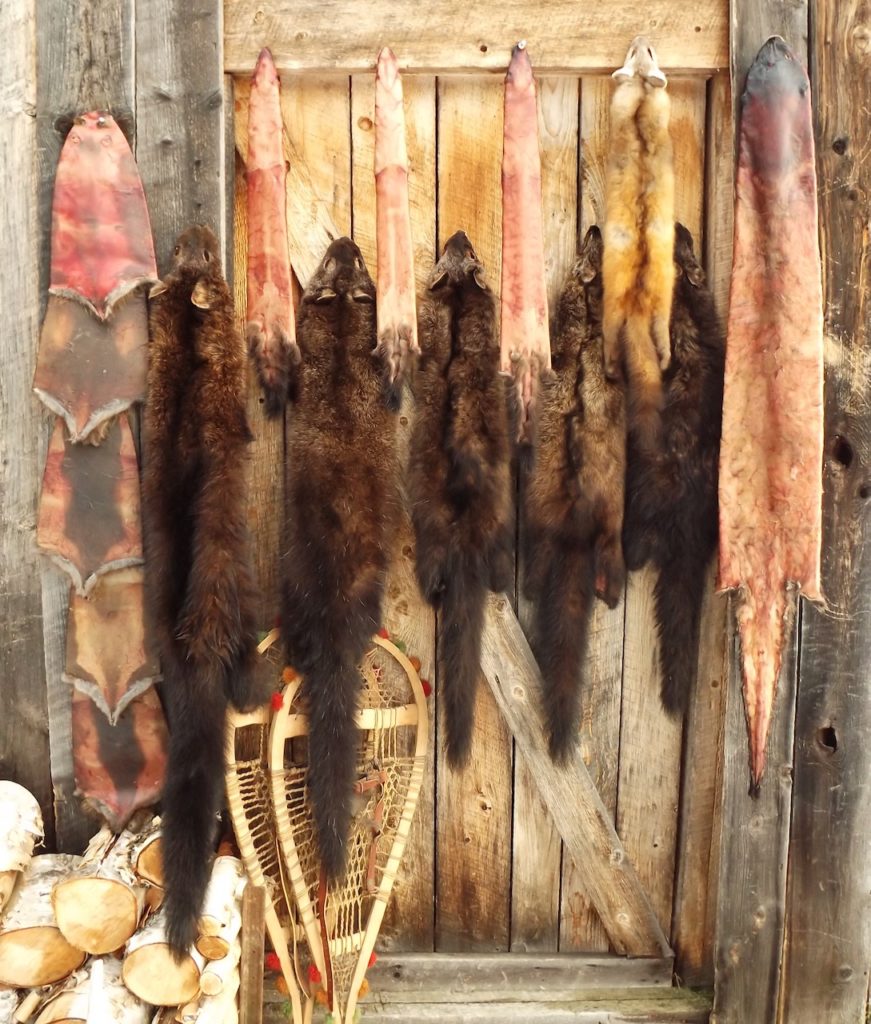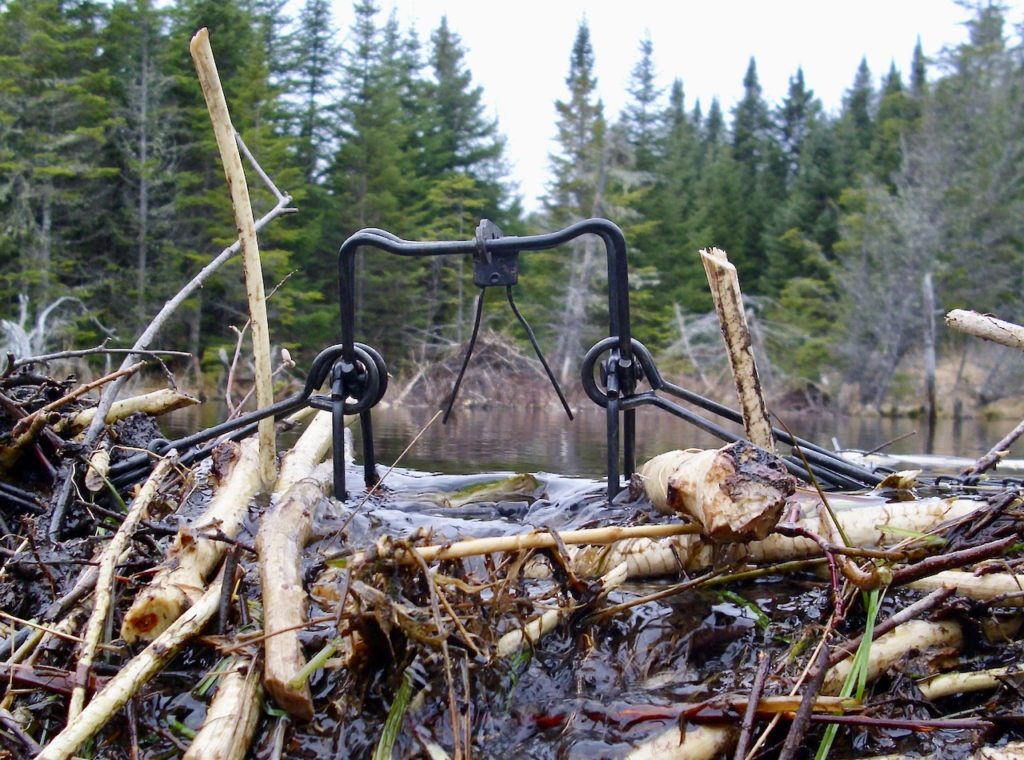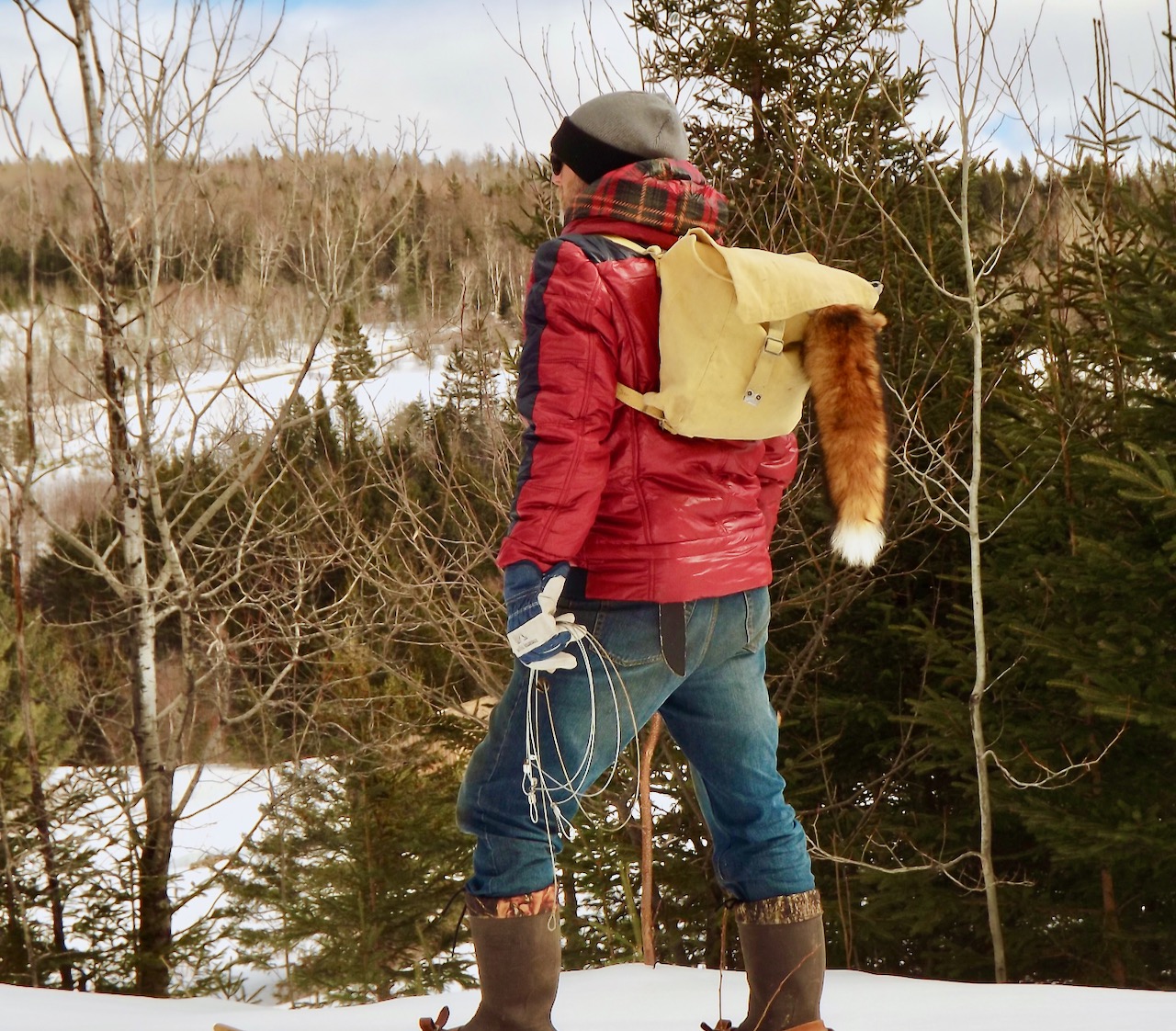TRAPPING FOR TENDERFOOTS
A beginner’s guide to everything you should know before heading out on the trapline
Advertisement

TYPES OF TRAPPING
Much of today’s fur harvest comes from farm country and the woodlots that surround it. Furbearers have discovered there’s a good life to be had next to humans, so by running traplines over several acreages it’s possible to harvest a good variety of fur. Along with cropland, other sources of fur include old abandoned farms, regrowth in logging areas, and water features such as farm ponds and the countless streams and small lakes that dot rural areas. My own trapline includes such terrain, and I’m able to return home each evening to process the day’s returns, get ready for the next day’s line check, and catch a good night’s sleep.
Running a trapline in the deep woods is a bigger challenge, requiring a full-time commitment to properly operate it, and more equipment (detailed on the next page). A trapline located in a remote, fur-rich area has to be carefully planned out, and personal safety is paramount when assistance is hours away on a good day. Along with traps, enough grub, fuel and a thousand other necessities will have to be hauled in and safely stored for weeks for the trapping to go smoothly. On the plus side, a big-woods trapping experience is akin to touching the past, with maybe even a mackinaw-clad ghost from the past nodding in approval as you cross watersheds packing steel.
Advertisement
Wild fur is typically divided into water or land trapping, but I like to add snow trapping as a third style. The classic of all water targets is the beaver, and thanks to good game management, it can be found in abundance across the dominion. No other pelt is so steeped in tradition, or holds an equal place of reverence in the hearts of trappers. This furry gold created trading empires, forged a nation and bent many a paddle toward the distant horizon.

Along with beavers, water trapping also includes otters, minks and muskrats. The beginner might see the lowly muskrat as the clown of the marsh, but an experienced trapper is always looking for areas with good numbers. Pursuing these little creatures is always worth money, and a couple hundred of them can be harvested from an area with little effect on the following year’s population. Modern fur trappers operate with an eye on future production, so any new fur chaser should do some studying on how to likewise operate effectively.
Above the waterline, there are many options to test a freshly minted trapper’s steel skills. Here, fox, coyote, wolf, bobcat and lynx are the targeted species on most traplines. There there’s the weasel, marten, fisher and wolverine, all from the mustelids family. And we must also add the sweet-smelling skunk, as well as the target many trappers begin with—the raccoon. This garden robber once bore the hottest pelt around, the standard for decades for warmth, dryness and appearance. Add in the odd jurisdiction that allows bear trapping (accomplished with foot snares), and you can see how the beginner has many great choices.
Advertisement

